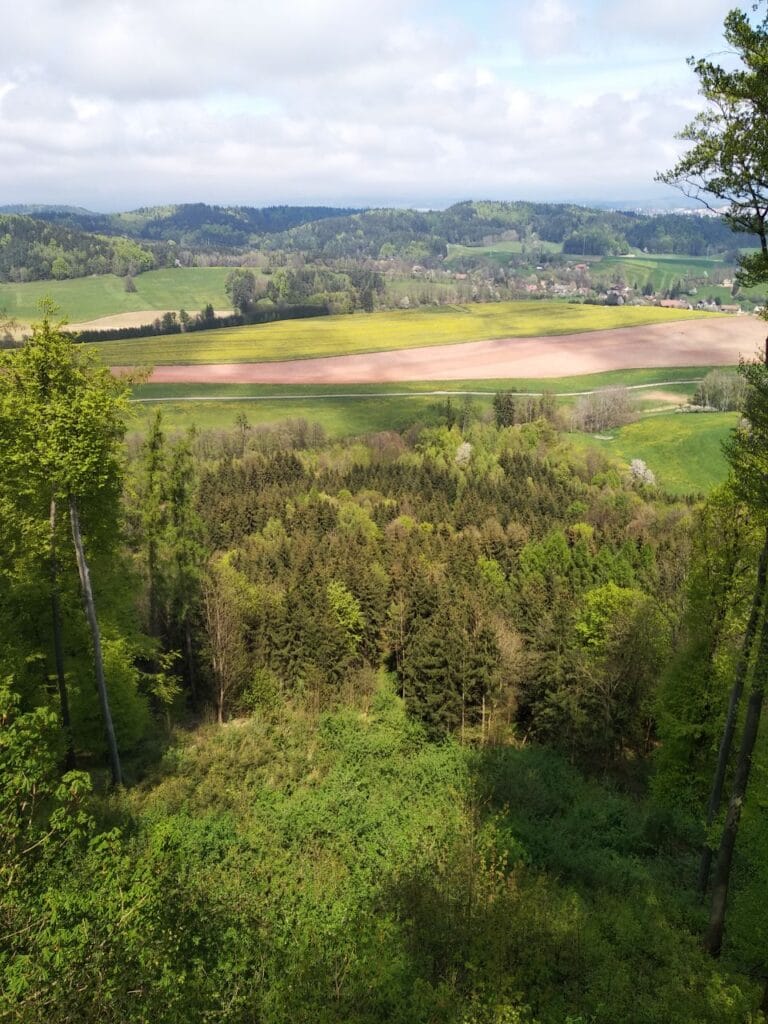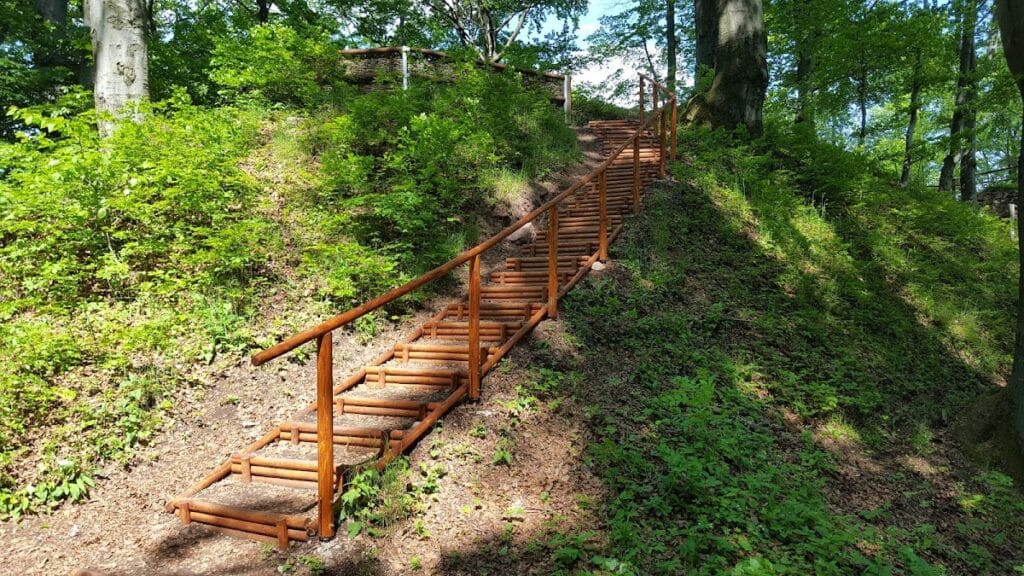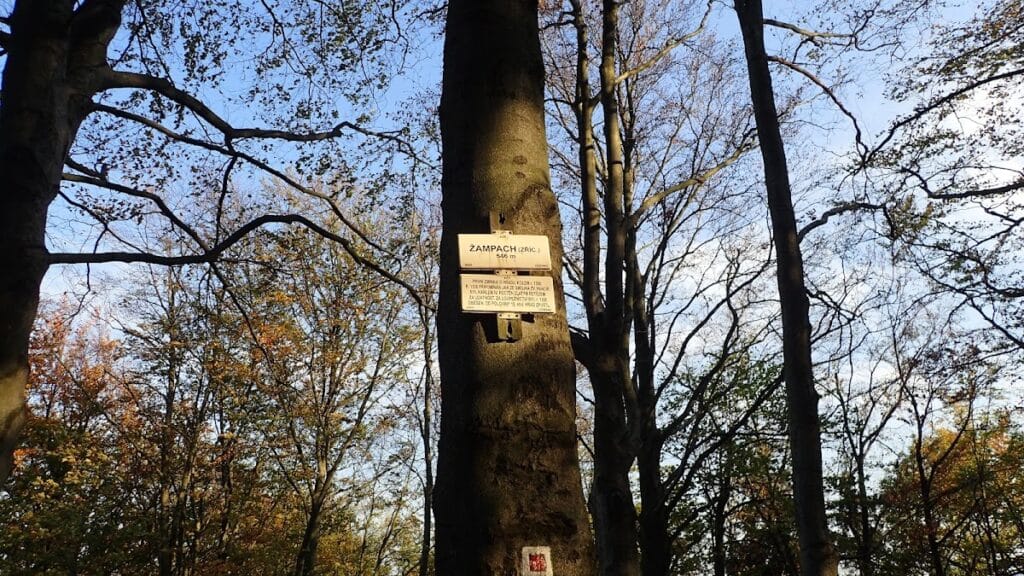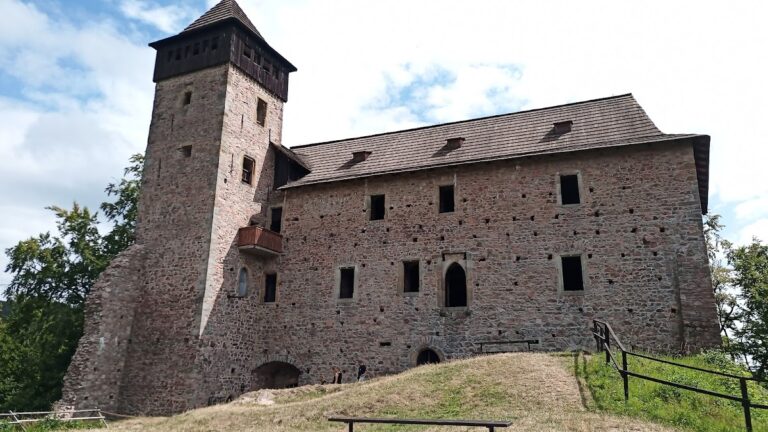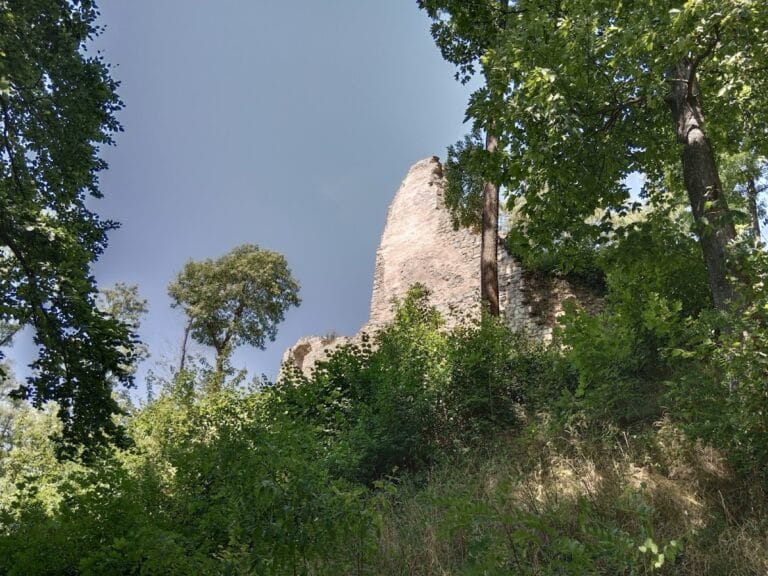Žampach Castle: A Medieval Fortress in the Czech Republic
Visitor Information
Google Rating: 4.4
Popularity: Low
Google Maps: View on Google Maps
Official Website: turistickamapa.cz
Country: Czechia
Civilization: Medieval European
Remains: Military
History
Žampach Castle is located in the municipality of Žampach-Žamberk in the Czech Republic. It was established by medieval Bohemian settlers during the late 13th century, part of the efforts to populate a sparsely inhabited border forest region in eastern Bohemia under royal ownership.
The castle’s earliest indirect mention appears in 1309, when a certain Petr “de Santbach” was listed among wrongdoers on the nearby Lanšperk estate. By 1312, Křesislav ze Žampachu was recorded as the castle’s owner. Before 1324, King John of Luxembourg acquired the castle, pledging it to the nobleman Jindřich of Lipé, whose family retained control through the 1340s. Shortly after 1346, ownership passed to Jan ze Smojna, known as “Pancíř,” who used Žampach as a stronghold for raids in the vicinity.
In response to Jan Pancíř’s activities, King Charles IV besieged and captured Žampach around 1355–1356. Following Pancíř’s execution, the castle came under royal administration. The following year, Charles IV granted the estate to Čeněk of Potštejn as a form of compensation for lands previously confiscated.
During the turbulent early 15th century, Mikuláš Žampach of Potštejn became notable for his support of the Hussite cause and as a co-signer of a complaint against the execution of reformer Jan Hus in 1415. Religious and political conflict affected the castle when in 1421 it was attacked and plundered by Catholic forces from Silesia due to its owners’ Hussite sympathies. Throughout the Hussite Wars, control of Žampach shifted repeatedly; in 1425 it was seized by Jan Městecký of Opočno but was reclaimed in 1429 by Jan Žampach of Potštejn.
By the late 15th century, financial troubles led to the estate being pledged to a series of noble families, including Burian Trčka of Lípa in 1513, Hajman Krušina of Lichtenburk in 1519, and the Pernštejn brothers in 1521. These owners did not reside at the castle, which consequently deteriorated.
In the early 16th century, the castle was the site of a clandestine counterfeiting operation producing false coins until discovered in 1542. This illegal workshop likely operated with the awareness of the Pernštejn administrators before the estate was redeemed by Zdeněk Žampach of Potštejn in 1539. After Zdeněk’s death in 1562, the estate was divided among his heirs, parts of which were sold to Jan of Žerotín and Adam Bukovský of Hustířany. Bukovský constructed a new fortified manor below the castle, leaving the castle itself to fall into decay.
During the Thirty Years’ War in the 17th century, the castle suffered repeated damage due to military occupations by both imperial and Swedish troops in 1634, 1639, and 1648. After these events, it ceased to function as a residence or fortress and entered a slow decline into ruin. The castle chapel, first mentioned in 1540 and used as a family crypt by the Bukovský line, was reconstructed by Jesuits in 1672 and dedicated to the Holy Cross. However, this chapel was eventually demolished sometime after 1787.
From the 17th through the 19th centuries, stones from the castle ruins were repurposed for local building projects, including a Jesuit residence nearby. Early 20th-century measures sought to stabilize the ruins and added wooden structures such as footbridges and lookout towers, although these have not survived. Archaeological investigations between 1991 and 2002 led by Miroslava Cejpová further conserved the historic masonry and improved access routes, with additional landscape modifications taking place around 2011–2013.
Today, Žampach Castle remains an important historical monument reflecting the complex medieval and early modern history of the region.
Remains
Žampach Castle was constructed in the early Gothic style atop a prominent conical hill. Its layout is divided by a deep, rock-cut moat into two main areas: the western outer bailey and the eastern main castle. The outer bailey was surrounded by a sturdy stone wall and likely hosted wooden buildings serving economic functions such as workshops or storage.
The main castle was separated from the outer bailey by a bridge and included a compact but defensible core dominated by a tall, tower-like residential palace oriented across the hilltop. Access to this core was from the southern hillside through a gate likely flanked by a tower. The entire castle core was enclosed by a curtain wall, a continuous fortified barrier.
During the third quarter of the 15th century, following damage sustained in the Hussite Wars, the castle underwent significant repairs and enhancements. Stone structures such as a brewery and a water-powered mill were built within the outer bailey, which itself was subdivided by an additional internal wall designed to impede attackers. A new defensive installation called the White Tower was erected to guard the castle entrance. The castle chapel may have been constructed during this period as well.
Within the main castle, the residential palace was renovated, with a stone corner block dated 1469 recorded until the late 18th century. Builders reused stone blocks from earlier walls when creating newer fortifications or buildings during this reconstruction phase.
By the mid-16th century, however, several buildings had fallen into ruin: the outer bailey’s structures were reduced to bare walls, the White Tower and chapel suffered heavy damage, and the residential palace was dilapidated, as reported in a contemporary account by Václav ze Šonov.
A smaller fortification known as Chudoba was documented in 1540 guarding the approach to the castle. This installation combined a modest residential building with an adjacent tower and was surrounded by a defensive wall and barbican, a type of outer defensive gateway or enclosure. Chudoba was already declining by that time and likely disappeared in the 17th century. Its exact whereabouts relative to the main castle remains uncertain.
Today, the site is heavily wooded, with only faint traces of the outer bailey walls and economic buildings visible. Within the castle core, archaeological excavations have revealed vaulted ground-floor rooms of the residential palace and remnants of a vaulted gate partially buried up to its ceiling, along with fragments of the northern curtain wall. Excavations in 2013 uncovered shards of medieval pottery near the brewery and fragments of technical ceramic and copper sheets associated with the 16th-century counterfeiting workshop.
Architectural fragments such as portal and window jamb stones from the castle have been preserved and are displayed locally in a stone collection (lapidarium) and within the nearby Žampach chateau. Modern efforts to preserve the ruins include wooden safety barriers installed along steep slopes and informational signs marking the access route from the surrounding park to the remains.


